1. Foul, Rancid, or “Off” Odors

A properly run grocery store should have a neutral, pleasant, or mild scent, perhaps with a slight aroma of fresh produce or baked goods. A professional immediately notices if any area, particularly the produce department, carries a foul, rancid, or overly sour smell. In the produce section, for instance, a scent of decomposition, especially from alliums like uncut onions or garlic, signals that cell walls are breaking down, indicating spoilage on the shelves. This kind of decay odor is a major warning sign that the store is failing at basic inventory rotation and quality control, suggesting potential issues in other perishable departments like meat and dairy.
2. Excessive Liquid in Packaged Meat
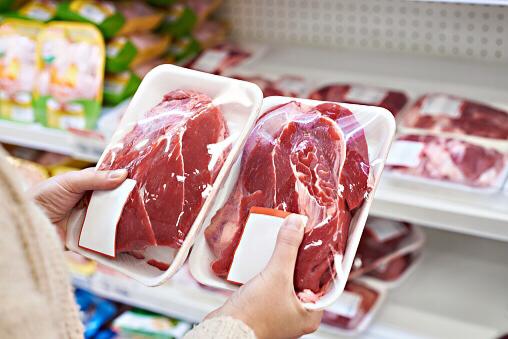
When inspecting packaged raw meat, an excess of liquid, known as “purge”, pooled inside the tray is a significant red flag. This liquid is not blood but a mix of water and meat proteins, primarily myoglobin, which gives it a reddish hue. While a tiny amount is normal and usually absorbed by the pad, a substantial pool means the meat has lost a high amount of water, often due to improper handling, temperature fluctuations, or simply being past its peak freshness. High purge content results in a less flavorful, less juicy product and, more concerningly, provides an ideal, moist environment for harmful bacteria to multiply.
3. Sweating or Icy Buildup on Refrigerated Items
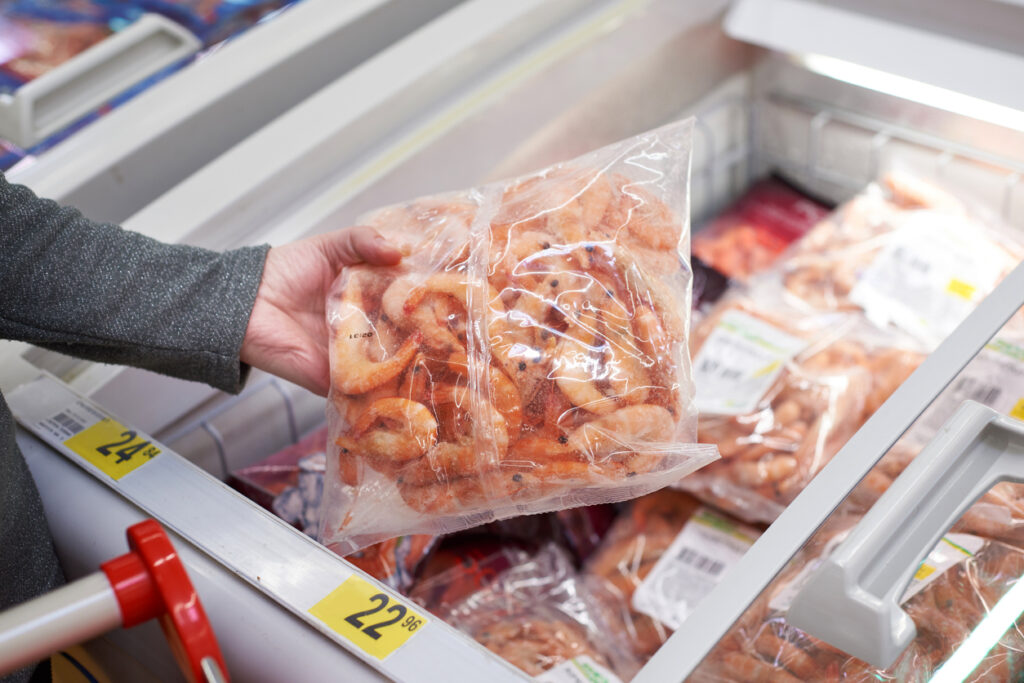
Temperature control is critical for food safety, and professionals pay close attention to the state of refrigerated and frozen products. If items in the dairy or deli cases appear “sweaty,” with heavy condensation or beads of water on the packaging, it can signal that the case temperature is too high or fluctuating improperly. Conversely, excessive frost or ice buildup in freezer cases suggests a potential issue with the unit itself, such as a broken door seal or a defect that causes frequent warming and refreezing cycles, compromising the quality and texture of frozen goods.
4. Poor Staffing and “Skeleton Crews”

A high-quality shopping experience relies on well-maintained departments, which requires adequate staffing. A major red flag is a consistent lack of employees visible on the floor to assist customers, restock shelves, or maintain departmental cleanliness. This often points to a management decision to operate with a “skeleton crew” to cut labor costs. The consequence is typically a store that is poorly maintained, with disorganized displays, long checkout lines, and a failure to quickly address issues like spills, expired products, or equipment malfunctions, all of which compromise the overall quality.
5. Visible Pest Activity or Signs of Infestation
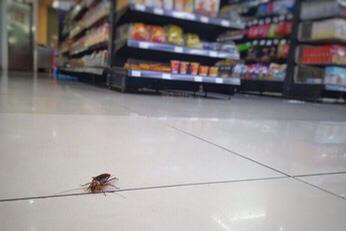
Any sign of pests, whether live insects, rodents, or their droppings, is an immediate, severe red flag concerning food safety and sanitation. Grocery professionals understand that pests carry disease-causing pathogens and can contaminate food quickly. Even subtle signs, such as gnaw marks on non-perishable boxes, damaged packaging, or unexplained musty odors, suggest that the store is failing to implement strict pest control protocols. A clean, safe store rigorously monitors the perimeter and storage areas to prevent these health threats.
6. Consistently Dirty Floors and Unkempt Restrooms

A store’s overall cleanliness, especially in public areas like the floors and restrooms, is a direct indicator of its operational standards and management priorities. If floors are habitually sticky, dirty, or littered, with rodents roaming around, and if customer restrooms are neglected or poorly supplied, it signals a failure to prioritize basic sanitation and janitorial work. This lack of attention to public-facing cleanliness strongly suggests that backroom storage, food preparation areas, and equipment, which directly impact food safety, may also be neglected.
7. Expired or Spoiled Products on Shelves

While an occasional oversight can happen, finding multiple items past their “sell-by” or “best-before” dates, or visible spoiled products (like moldy berries or wilted greens), is a glaring sign of systemic negligence. This indicates a failure in proper stock rotation, or a “First In, First Out” (FIFO) system, which is crucial for managing perishable inventory. A store that consistently misses pulling expired goods from the shelves demonstrates poor attention to detail and a willingness to risk selling sub-par or potentially unsafe food to its customers.
8. Wilting, Bruised, or Damaged Produce
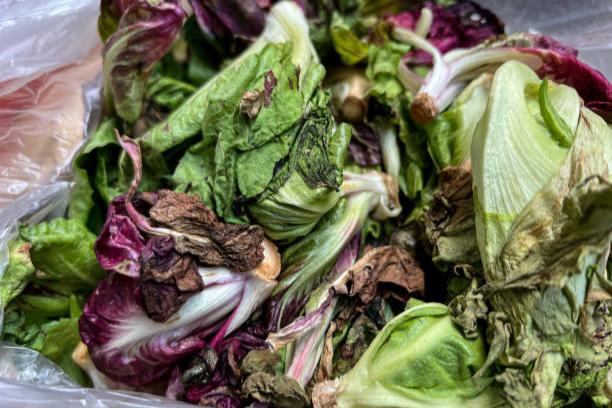
The state of the produce section is often the first visual assessment a professional makes of a store’s quality commitment. Major red flags include vegetables that are visibly wilting, shriveled, or extensively bruised, and berries showing signs of mold. This suggests the produce has been sitting too long, stored at incorrect temperatures, or was mishandled during delivery and stocking. High-quality operations ensure a fast rotation of fresh, visually appealing items, understanding that the appearance of produce directly correlates with freshness and nutritional value.
9. Lack of Clear, Consistent Pricing and Labeling
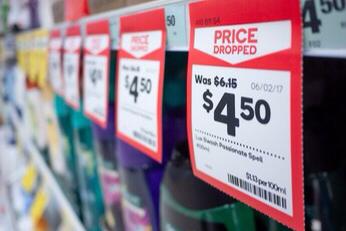
Inconsistent, missing, or confusing price tags are a warning sign of poor operational control and can lead to frustration and distrust. Professionals notice when products lack a clear shelf price, when the price on the shelf doesn’t match the one at the register, or when product signage is damaged or messy. This indicates poor management oversight, a lack of communication between departments, or a failure to invest in accurate digital systems. It suggests a chaotic environment where accuracy and customer service are not primary concerns.
10. Deli Counters and Bakeries Displaying Aged Product
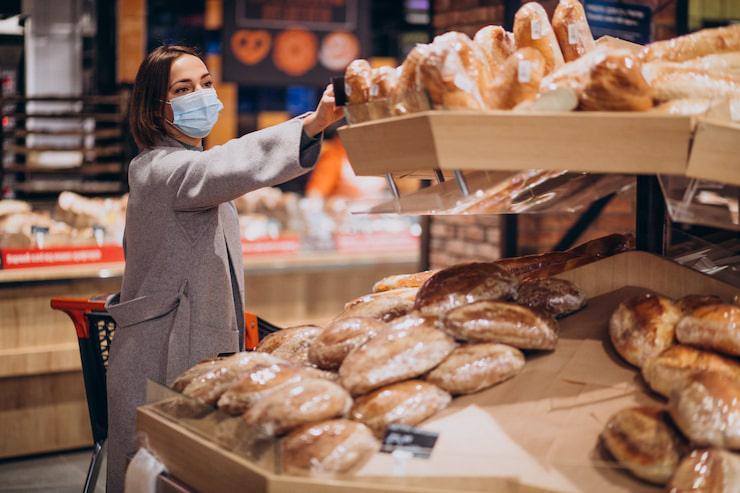
Service departments, where food is prepared and handled, offer unique red flags. In the deli, noticing dried-out, discolored, or “crusty” cheese and sliced meats is a sign that the product has been sitting out for too long. Similarly, in the bakery, finding loaves or pastries that are visibly shrunken, stale, or have a dried-out appearance suggests poor batch management and a reluctance to pull items past their peak freshness. These departments should prioritize small batches and rapid turnover for optimal quality and taste.
11. Shelves with Consistent and Extensive “Shelf Gaps”

“Shelf gaps” are the industry term for empty spaces on the shelves where product should be. While temporary stockouts happen, a store consistently displaying a large number of empty shelf spaces across multiple categories indicates serious underlying issues. This can signal problems with cash flow (inability to pay suppliers for new inventory), major supply chain disruptions, or severe understaffing in the stocking and receiving departments. It is a visual cue that the store is struggling to maintain its most basic function: keeping products in stock.
12. Refrigerated Cases Used for Non-Refrigerated Items
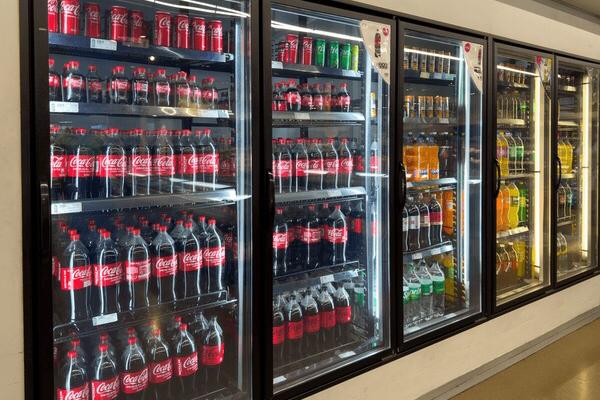
While merchandising sometimes requires flexibility, a professional will question the use of refrigerated cases to display items that do not require cooling, especially when other necessary products are missing. For example, using a dairy case to display extra soft drinks or ambient snacks. This practice can be a sign that the store has too little inventory to properly fill the case, or that management is making poor use of critical, high-cost cooling equipment, which should be reserved solely for perishable, temperature-sensitive goods.
13. Raw Meat Stored Above or Beside Ready-to-Eat Foods/Vegetables
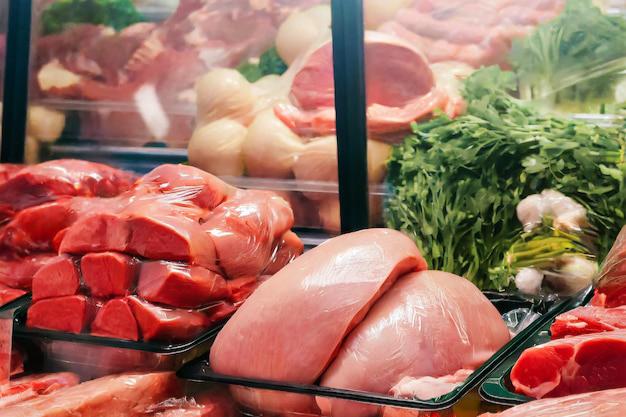
In the meat or deli departments, the incorrect vertical stacking of items is a serious cross-contamination risk. If raw chicken or beef is displayed or stored on a shelf above vegetables, pre-cooked items, sliced deli meats, or cheeses, it creates a risk where juices (purge) can drip down and contaminate ready-to-eat foods. This fundamental error in food safety practice indicates a severe lack of staff training and oversight concerning basic hygiene and contamination prevention protocols.
14. Produce Misters that Leave Products Dripping Wet

Misting systems in the produce section are used to maintain humidity and slow moisture loss, particularly for leafy greens. However, if produce is left literally dripping wet, it suggests the mister is set too high or is malfunctioning. Excessive moisture can actually accelerate spoilage, particularly for items like broccoli or zucchini, leading to mold and breakdown. Furthermore, a secondary concern is that the store may be intentionally over-misting to make produce heavier, thereby increasing the price for items sold by weight.
15. Disorganized or Dirty Bulk Food Bins

The bulk food section, while economical, is highly susceptible to cleanliness issues. Disorganized bins, spilled products in the scoops, or a layer of dust on the bin lids are major red flags. This shows a lack of rotation and sanitation, increasing the risk of contamination from pests, dust, or cross-contact between different food allergens. A clean, well-maintained bulk section requires staff to regularly clean the bins, replace scoops, and carefully rotate the product to ensure freshness and safety.
Not every issue on this list means you should abandon your cart, but these indicators collectively serve as a powerful gauge of a store’s true commitment to quality and food safety. By noticing what the pros notice, you become a more informed, empowered shopper, ensuring that the food you take home is the freshest and best value possible.
Like this story? Add your thoughts in the comments, thank you.


